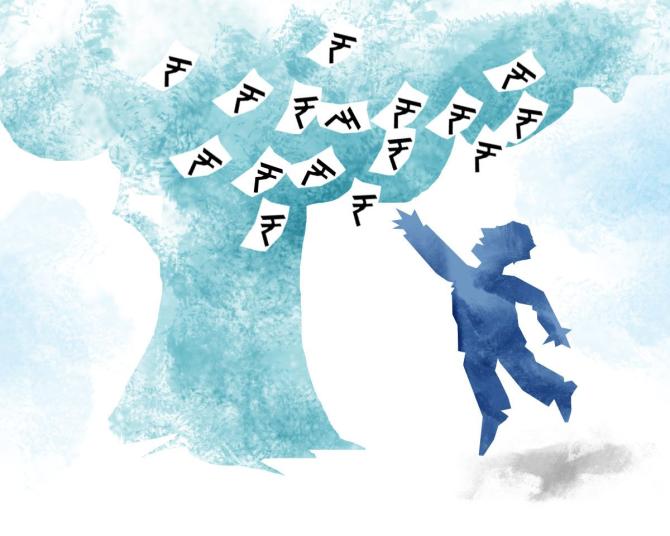Investors have scaled back their allocation to equities as pessimism has reached “dire” levels due to cloudy economic outlook, according to the latest Bank of America (BofA) monthly global fund manager survey that covered nearly 300 money managers with combined assets of $800 billion.
The survey showed that the expectations for global growth and profits are at all-time lows and cash levels are at highest since the 9/11 attacks.
Interest rate hikes by central banks, the unwinding of an easy monetary regime, disruptions in global supply chains, and fears of recession have heightened market volatility since the beginning of the year.
China’s zero Covid policy, the raging war in Ukraine, and its impact on commodity prices have made things worse for the global economy and equities.
The survey showed while inflation was seen falling, investors’ mood was still stagflationary.
Meanwhile, recession expectations are at the highest since May 2020.
Fund managers said corporates should look to shore up balance sheets not increase capex or buybacks as a safeguard against a downturn.
Investors expect the Federal Reserve to hike benchmark rates by 150 basis points (bps).
But most said that inflation will be lower next year, which would led to the Fed to pause.
The Fed’s commitment to tame inflation led to rate hikes by major central banks across the globe.
The Fed raised its interest rates 75 basis points (bps) in June — its biggest increase since 1994.
Some investors expect a 1 per cent hike in its next meeting after the US Consumer inflation hit a 40-year high at 9.1 per cent.
The gloomy economic outlook and scepticism about whether policymakers can rein in inflation without triggering recession keep investors on tenterhooks.
Low-interest rates and monetary easing by central banks have led to a record-breaking rally in equities across the globe since 2020.
The shrinking of balance sheets and hike in interest rates to tame inflation has rattled the market.
The survey said investors are taking lower than normal risk, and risk appetite is even below the levels seen since the global financial crisis.
It further showed that the most-crowded trade at the moment was to ‘long the US dollar’ followed by long oil and commodities.
Both trades have yielded good results so far this year as the US dollar strengthened sharply against most global currencies, while oil prices have been on the boil due to the disruptions caused by the Russia-Ukraine conflict.
The survey said investors consider sticky inflation as the biggest tail risk.
Tail risk is the chance of a loss occurring due to a rare event.
Regarding liquidity, a net 17 per cent of the investors think the conditions are poor.
And feel the liquidity shortage is as acute as it was during the financial crisis or Covid crash.
The investor allocation has been the most defensive since May 2020.
When it comes to sectoral exposure investors are most bullish on health care stocks and most pessimistic on companies producing discretionary items.
Interestingly, the BofA survey usually acts as a contra-signal, where excessive bearishness is considered as bullishness.
As a result, the title of the latest survey is “I’m so Bearish, I’m Bullish.”
Source: Read Full Article


